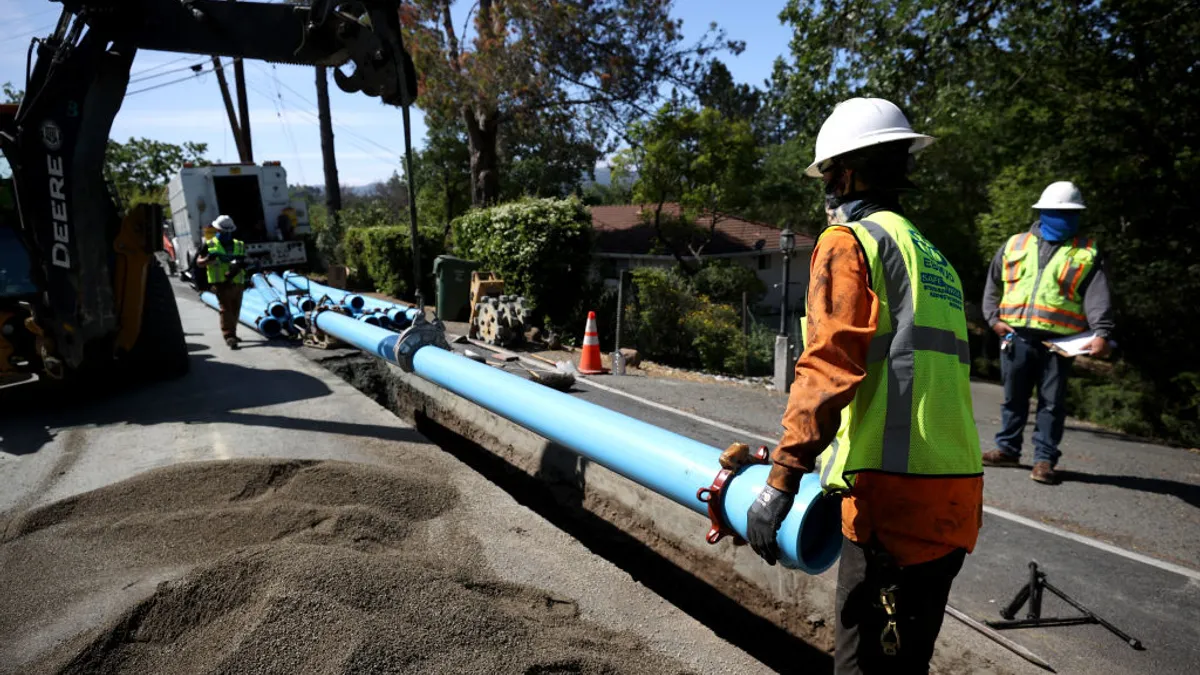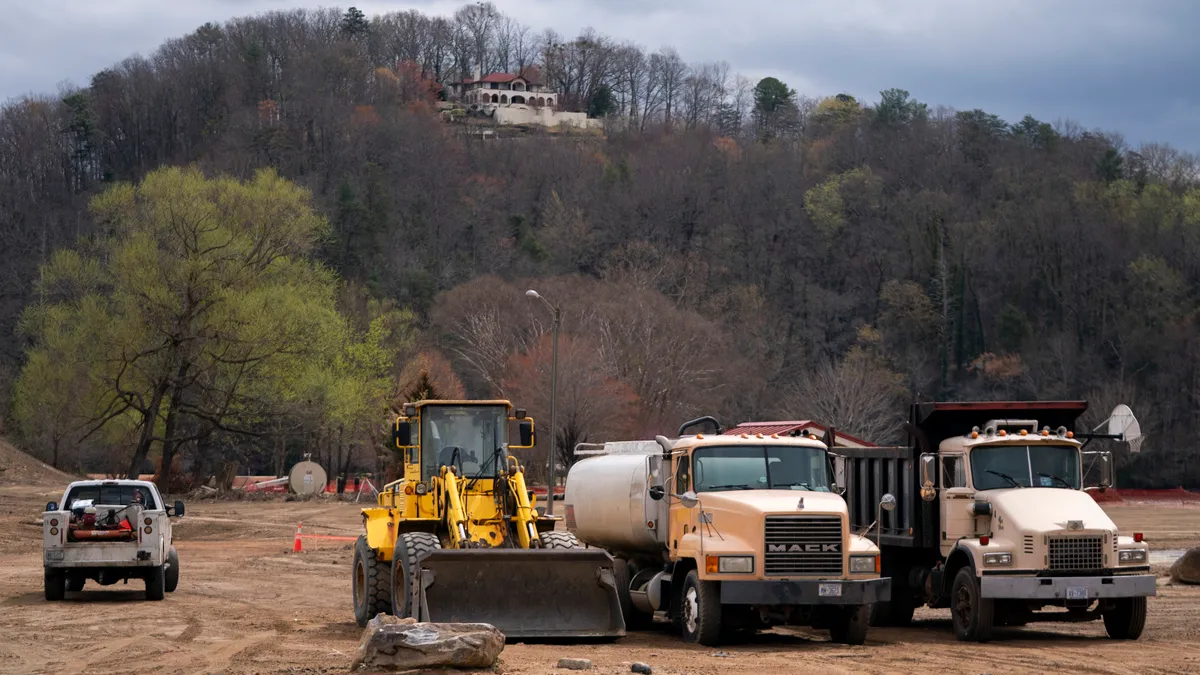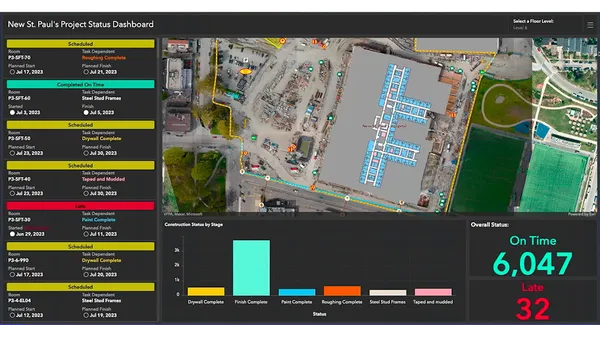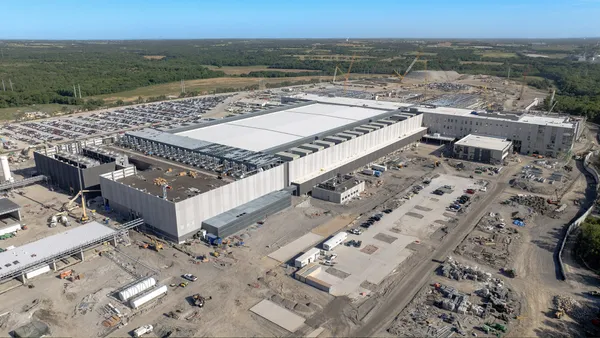Making payments and getting paid quickly, securely and with transparency is one way to ensure success in construction. This positions your construction company as a trusted partner and allows your vendors and trade partners to focus on their work instead of when they’ll get paid.
Some payment processing solutions try to support multiple industries, but they lack industry-specific workflows tied to payment processes and frequently leverage credit card payments as the main revenue driver. When a solution is broad enough to serve everyone, however, does it really serve anyone?
While the benefits of leveraging fintech solutions in commercial construction are significant, many fintech principles that work well in other industries don’t have the same impact here. For example:
- One-size-fits-all. Generally speaking, fintech companies hyper-focus on specific customer segments to meet their needs, such as only digital payments or an individual payee type like subcontractors. However, the construction industry is highly fragmented with different levels of technical sophistication, preferred payment methods and payment requirements (i.e. lien waivers).
- Bolt-ons to existing platforms. Technology-based payment solutions in construction are often extensions of platforms focused on other construction workflows. That poses a challenge to potential customers who want flexibility in the solutions they choose and often results in a subpar payment experience.
Why a better payment process is critical
“The regular payment cycle in construction is between 60 to 90 days,” says Jerry Horani, Chief Technology Officer at VCC Construction. “Any solution that allows us to make payments more quickly and with less friction is welcomed by subcontractors and vendors. General contractors also benefit from streamlined payment processes by increasing efficiencies through a more flexible and scalable solution.”
Further proof of the importance of payment speed and transparency in construction is underscored by how many subcontractors offer discounts when payments are made before the due date or within a specific timeframe. Faster electronic payments can help lower project costs, reduce risk and increase margins.
The challenge with existing platforms
Despite their ability to help the industry resolve the long-standing dilemma of unreliable and slow payments, some construction companies are hesitant to implement payment processing. Why? Because third-party payment solutions often come with their own challenges. For example, they:
- Focus only on subs when many other payees need to be paid.
- Push credit card transactions, which can be too expensive for the industry.
- Lack onboarding support for subcontractors, who can benefit from a simple digital experience and hands-on support.
- Focus on addressing other workflow challenges first, with electronic-only payment solutions as an optional, add-on feature.
- Don’t offer self-administration from the payer for invites, onboarding, payments and transactional reconciliation.
- Provide only ACH solutions that don’t leverage embedded banking, preventing dynamic payment conditions like joint checks, project-based structures and 3rd party approvals.
Successfully deploying construction payment solutions
How can you roll out a full-service payment solution while avoiding these obstacles? By using a fully self-administered payment solution offering construction-specific workflows, embedded banking, quick subcontractor onboarding and the ability to manage electronic and paper payments.
For partners like VCC, North American Properties, Vista Drywall and Total Flooring, that solution was Struxtion. Because Struxtion is designed for the construction industry, the platform streamlines payments and lien waivers while providing all users with total transparency and ease of use through their user-friendly dashboards. An implementation specialist leads the onboarding process, reaching out to subcontractors to explain what is happening — and why — and making sure they complete the right steps.
VCC and others have adopted the Struxtion payment platform not only because it was technologically advanced but also because it was built for commercial construction. VCC appreciated the ease of onboarding their thousands of vendors and trade partners, the transparency of the payee status, and the notifications that subcontractors receive regarding the timing of payments, allowing them to effectively manage their cash flow whether they chose to get paid by ACH or check.
Making payments frictionless
When you’re ready to revamp your payment process, it’s important to find the right fit. Look for a platform that:
- Uses a digital banking environment with its own payment facilitator so it can make payments and settle funds within 24 hours.
- Employs embedded banking to enable vendors and subcontractors to choose preferred payment methods such as digital payment or checks
- Delivers transparency for payers and payees regarding status, history, lien waivers and other payment conditions.
- Leverages technology while providing hands-on support for trade partners to address technology requests.
- Offers embedded finance options to create seamless experiences and gain access to early payments, such as paying invoices that are paid at the time of general contractor approval versus the owner’s payment to the GC.
“A great way for us to be more profitable is to increase efficiency in our payment processes. This platform helps us do just that,” Horani says. “We strive for excellence in everything we do and every process we touch.”
To learn more about how Struxtion can help your company streamline payments, visit struxtion.com.










